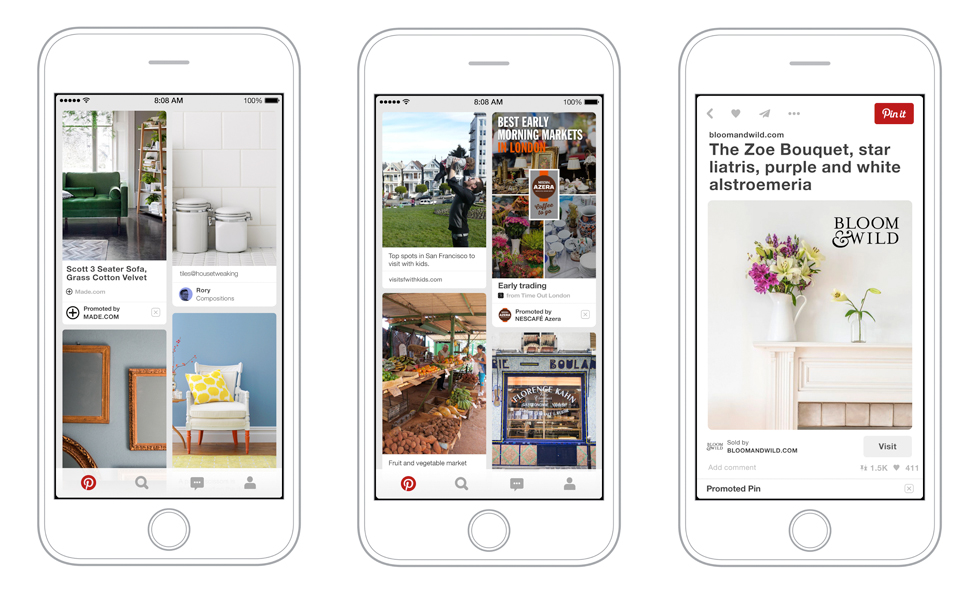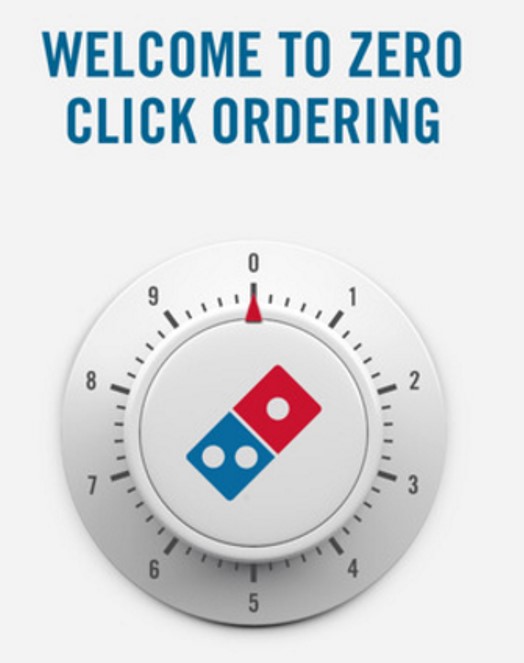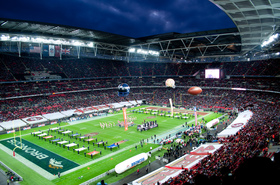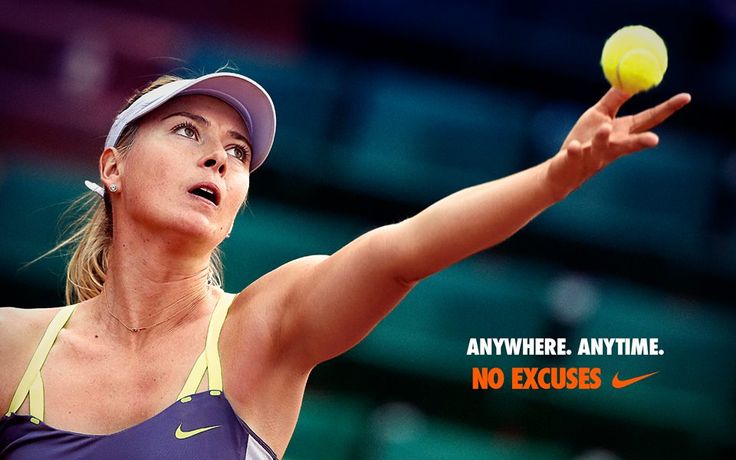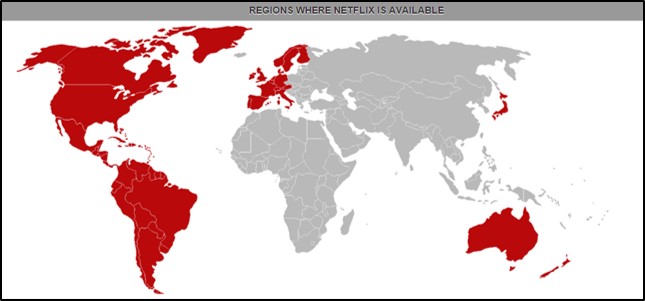|
After launching in the US last year, Pinterest introduced its Promoted Pins ad solution in the UK this week, with brands such as John Lewis, Made.com and B&Q involved from day one. Pinterest’s visual nature makes it well suited to product categories such as furniture, where it should help retailers at the top of the purchase funnel, something that Hannah Pipel from Made.com highlighted thus: “I think potentially the planning stage is a really interesting one especially for home decor and higher ticket price items”. Of course, this will then entail efficient tracking and analysis to understand the value of Pinterest in the consideration phase, as it’s much less likely to gain the still often most visible last click. Having been around a fair while in the ever changing social media world, it is in fact perhaps surprising that it is only now that Pinterest are seeking to actively monetise their user base via advertising. With that in mind, Facebook’s announcement this week of a partnership with Tesco owned Dunnhumby to give greater visibility to FMCG brands on the effectiveness of their Facebook campaigns also shows that the job on proving digital marketing success is still far from done. According to The Drum this is in response to the fact that top FMCG brands “were being forced to put more budget than they might like to TV advertising, rather than digital, because the buyers at supermarkets – the people who decide if a product will go on shelves – believe that mass marketing is still the only way to shift stock at scale”. Therefore, this reality check helps to demonstrate the ongoing need for digital to still prove its worth compared to more established media, an education process that ecommerce teams still generally need to make a priority. Some unexpected news in the intersection between social media and sport this week too, with Twitter swiping the rights to live stream NFL Thursday night games worldwide. As previously reported, there had been a fair amount of speculation about this, with Facebook widely considered to be the front runner to help further boost its Facebook Live offering. Instead, Twitter will be benefitting from the live rights which will also help visibility and user growth for Periscope, its live streaming service which will be central to this.
0 Comments
As well as increasingly showcasing traditional media stories and of course using its wealth of user generated content, Wired this week looked at the fact that Facebook are in talks with the NFL about buying the rights to stream American football games live. With sport increasingly important for traditional TV broadcasters as its live nature fuels “appointment to view” watching - and rights becoming more and more expensive – this development could have huge significance for the future of TV, and it’s a fair assumption that the likes of the Premier League will be watching this closely. Of course, Facebook is one of the old grandees of social media now, and the newly coming force – at least one much discussed – is Snapchat. However, Snapchat’s unique interface and younger user base can make it difficult to get to grips with for a newcomer, so Bloomberg’s look at “how Snapchat built a business” is an excellent review of the Snapchat phenomenon, including the increasingly visible mainstream rise of DJ Khaled, the “King of Snapchat, according to Emmanuel Seuge, senior vice president for content at Coca-Cola, one of Snapchat’s major advertisers. Snapchat is now at the stage where it needs to start monetising and it is looking to bring in $300-350m in revenue this year (up from $50m in 2015), as it bulks up its advertising solution. As a sense check on scale, $350m is still half of supposedly troubled Twitter’s revenue from just Q4 2015 of $710m, with Twitter’s overall 2015 revenue standing at $2.1bn. 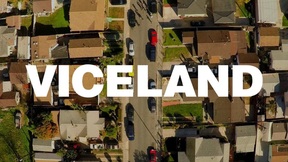 Looking back at TV again, Vice Media this week announced a partnership with Sky to show its new channel Viceland upon its launch later this year, a meeting of traditional and newer content providers that would seem to make sense for both, with great distribution to 10m homes for Vice, while helping to capture and entertain a younger audience for Sky. Viceland launched originally in the US on 29th February with a slightly different model to most pay TV channels, with less standard advertising per hour but a greater emphasis on “a custom, native advertising approach”; which they plan to replicate in the UK, so it will be interesting to see how this pans out upon launch.
A happier sports brand tie up actually celebrated its 30th anniversary this week, namely the release of Run DMC’s magnificent “Raising Hell” album, which included the ground breaking “My Adidas” track, still probably the main reason I’ve always been an Adidas not a Nike man. According to The Quietus in their excellent retrospective, this led to a $1.6m deal with Adidas for Run DMC, not a bad endorsement if it’s still being talked about glowingly 30 years later. And finally – as explained by Adweek, this parody but real website from Canadian agency Zulu Alpha Kilo is well worth a look. 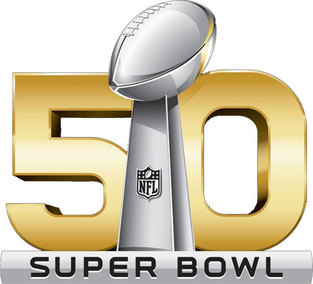 The big news of the coming week in the marketing world is probably the world’s largest advertising showcase, also known as the global sporting jamboree that is the Super Bowl. With the Super Bowl turning 50 this year, there is understandably huge excitement about the match itself in San Francisco on Sunday, with the dynamic Cam Newton’s Carolina Panthers favourites to beat veteran Peyton Manning’s Denver Broncos. However, whereas once the USA - and arguably the world - also eagerly awaited huge budget TV adverts airing during the game as added value entertainment, the digital world has fundamentally changed this, with many ads previewing online well before the gridiron itself, including some stern words from Helen Mirren. Accompanying social media campaigns around the core advert are a must to drive further impact, as shown by Pepsi having committed 40% of its Super Bowl media spend to digital. With 30 second TV ads typically costing $5m per slot (which could apparently buy you over 52,000 years of Netflix), the need to maximise this investment and gain maximum buzz is fairly evident. 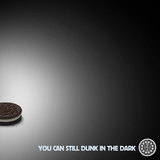 "Power out? No problem": Oreo's 2013 tweet "Power out? No problem": Oreo's 2013 tweet Of course, a huge impact TV ad is not even always needed to “win the Super Bowl” as Oreo did 3 years ago, thanks to its timely tweet responding to Super Bowl XLVII’s “blackout” when the stadium floodlights failed for half an hour causing the game to halt. Finally on the Super Bowl, a good example of the evolution of how we watch big sporting events is provided by this quick concept video from Microsoft, imagining how augmented reality could in future bring viewers even closer to the action. Closer to home, a couple of ecommerce stories leapt out this week. Firstly, Sainsbury’s much speculated purchase of Argos owner Home Retail Group finally become reality with a £1.3bn takeover, attracted by Argos’ multi-channel and logistics capabilities. Secondly, there was quite a lot of chat online about House of Fraser’s somewhat odd “#Emojinal” Valentine’s Day campaign; as Econsultancy asked: “massive fail or marketing genius”? Personally, it seems to me that superimposing emojis over topical figures like John Terry or Harry Styles doesn’t sit well with HoF’s strong established quality brand, but then this campaign probably wasn’t meant to resonate with me! That said, the dialling down on the supposed 2 weeks of activity for this campaign since - in HoF’s words – “that escalated quickly” on Monday suggest strong second thoughts from the brand themselves. Moving onto the tech world’s big beasts, the major news this week was that Google (or rather its new identity/parent company Alphabet) took over the mantle of world’s largest company earlier in the week on the back of some impressive Q4 earnings. This saw Alphabet’s market value sitting at $560bn, compared to previous number one Apple’s $540bn. An insightful Guardian article pointed out that since Google restructured to become Alphabet six months ago its market cap has risen by over $200 bn, while Apple’s has declined by a similar amount; which is attributed to Google’s more diverse and forward thinking products and services offering combined with iPhone growth starting to stall. Slightly less heralded was some Facebook news this week, as it overtook Exxon to become the fourth most valuable company, meaning that the four biggest businesses are now all tech stocks, with Microsoft completing the party in third. Facebook owned Whatsapp also announced this week that it has passed the milestone of a billion monthly users for the first time, as Facebook’s overall mobile dominance continues to grow when you consider the combined might of Facebook, Whatsapp and Instagram, not to mention the 800m now using Facebook Messenger each month.  Finally, big congratulations to BBC Radio 6 Music, which has become the most listened to digital radio station, with 2.2m listeners now tuning in each week on average. Once threatened with closure before a strong online led campaign helped it survive, 6 Music is a great example of how a sure understanding of your audience and a refusal to dumb down can help brands thrive; even in the music sector, a lesson that many struggling or defunct publications probably should have learnt from – in particular the decline of the once influential, entertaining and informative NME, now reduced to a freebie husk of what it once was. INTRODUCING THE MOST UNDER-RATED TV SHOW OF 2015: CLUB DE CUERVOS As Christmas is nearly here, along with those strange few days between Christmas and New Year - or “Twixtmas” as some now call it - which often prove a perfect time to sit back and binge on TV and box sets, I thought I’d highlight a much neglected gem (in the UK at least) that also happens to be Netflix’s first foreign language original programming: Club De Cuervos. It’s also interesting to look at what this means for how Netflix is likely to grow as it expands its global reach. Launching all 13 episodes at once in August 2015 in the usual Netflix way, Club De Cuervos is a 13 part comedy-drama set in the fictional Mexican town of Nuevo Toledo. Starting with the death of the family patriarch and local industrialist who has built his football club (the “Cuervos”) up from scratch to compete in Mexico’s top division, the show then focuses on a power struggle to assume control of the club between his son and daughter. This is backed up by a range of great supporting characters – players, staff, fans etc – and accompanying sub-plots, appearing to also satirise a range of Mexican attributes along the way (although I have to be honest that I’m speculating here), providing the immersive experience of a unique, self-contained world that we’re now accustomed to from series created by the likes of HBO, AMC and Netflix itself of course. Now, two strong alarm bells may be ringing here based on my description above. Firstly, the use of the term “comedy-drama” (or even worse “dramedy” but I didn’t use that slightly clumsy portmanteau). Usually, I find that “comedy-drama” programmes are often neither, but that’s definitely not the case with Club De Cuervos, which boasts lots of genuinely hilarious scenes plus a strong narrative with many twists and turns which don’t feel bolted on; a problem that many sitcoms trying to be “dramatic” can suffer from. Together with the otherness of being set in Mexico, this gives Club De Cuervos a hugely unique feel and makes it incredibly watchable - so a warning here: if you like this show, you are probably going to binge watch all 13 episodes in 3 or 4 sittings based on my and a few others’ experiences. Alarm bell number two would be the subject of the show: football. Despite being a huge football fan, I acknowledge that previous TV dramas with football as a background have been of fairly low standard, such as ITV’s Footballers’ Wives and Sky’s Dream Team. That said, I’ll always stick up for Jossy’s Giants and Murphy’s Mob and not just for their great theme tunes, although of course watching football programmes as a kid is very different (and make no mistake, Club De Cuervos is not suitable for children). It’s therefore worth stating that football is just a backdrop for the action here, in the same way that an interest in docker politics or Baltimore’s education system is not required to find The Wire a masterpiece. That said, a passion for football will help with a viewer’s enjoyment, especially with the introduction in the series of an intriguing character clearly intended as a hybrid of Cristiano Ronaldo and Zlatan Ibrahimovic. 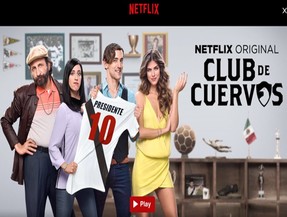 Intriguingly, Club De Cuervos’ creative team is a Mexican/American mix, with the American Jay Dyer (an industry veteran of shows such as Californication) acting as showrunner in tandem with Mexican show creators Gaz Alazraki and Michael Lam. Gaz Alazraki is the writer/director of Nosotros los Nobles, the highest domestic grossing ever Mexican film, but wanted to tap into the American experience of making high quality cable programming. As Jay Dyer explains: “Alazraki and Lam wanted to hire an American writer, and specifically a writer who had an American cable sensibility. Over the last 10 years in American TV, there’s been an explosion of great cable shows, but there’s been no real equivalent explosion in Mexico”. It’s also interesting that Netflix have used the global game of football as a way into new markets while also appealing to established territories. So, when Netflix launched in Spain in October, Club De Cuervos was prominent in its promotion, as their sole original programme purely in the Spanish language, while the reaction in Mexico itself has been generally positive, also helped by its authentic local feel. As show creator Alazraki says: "We are enjoying the success of 'Club de Cuervos,' we are the first company in the world that hires Mexicans at an international level ... and we're really happy”. It is notoriously difficult to get hold of viewing figures and other indicators from Netflix but Club De Cuervos certainly seems to have proved popular since its launch in August; it was confirmed in October that a second series has been commissioned to screen in 2016, while negotiations are also already underway for four more series in total. According to Hollywood Reporter: “Club de Cuervos has helped the streaming service establish itself in new markets — particularly Mexico. Further working in Club's favour is that 25 percent of the show's viewers are U.S. subscribers. Sources say the streaming service has also upped the show's production budgets as it looks to capitalize on [lead actor Luis Gerardo] Mendez's popularity as arguably Mexico's biggest box office draw”. So, it appears that Club De Cuervos is being watched in Netflix’s core market of the US, likely helped by the fact that one American in six is now hispanic. However, 25% of viewers being American is a much lower share than would usually be expected; of Netflix’s 65m subscribers worldwide, 40m are in the US, so a show could typically expect around 60% of viewers from the US. As an aside, the UK is apparently Netflix’s next most popular market, with an estimated 4.5m subscribers (approx. 7% of total). Using the internationally popular game of football as an important theme for a way in has therefore probably proved invaluable for Netflix’s streaming service penetrating further into South America and Europe especially, backed up of course by a very enjoyable show itself. Although not likely to be of as much interest to many American viewers, Club De Cuervos may ultimately prove more relatable and popular in many other countries than the Washington machinations of Netflix’s original flagship show House Of Cards. Anyway, in what has been another great year for TV series, Club De Cuervos would definitely sit in my personal top 10, if not top 5. OK, it’s no Better Call Saul, Fargo or Peep Show but Club De Cuervos is certainly a whole lot more fun than series two of True Detective for example (or so I imagine, having given up on that fairly early on). With a second series planned for 2016 and Netflix having announced more “local” shows coming soon as it doubles its production of original series in 2016, this is a hugely welcome development for TV binge watchers interested in stories from outside the US. It will also be fascinating to see if this wider international scope is followed by competitors such as Amazon Prime; one suspects it will be. With all this in mind, I feel it’s a great shame that Club De Cuervos seems to have been noticeably absent from any “TV best of 2015” lists in the UK, be that across all channels/formats or even Netflix round ups. Therefore, why not rectify this by relaxing with the Club De Cuervos in Nuevo Toledo to escape from the cold wasteland of the UK between Christmas and New Year? I'd also love to hear any thoughts about the show or other favourites from 2015... |
Jim ClearLead blogger and founder of Clear Digital: talking about ecommerce, digital, marketing and media. Categories
All
Archives
December 2020
|

